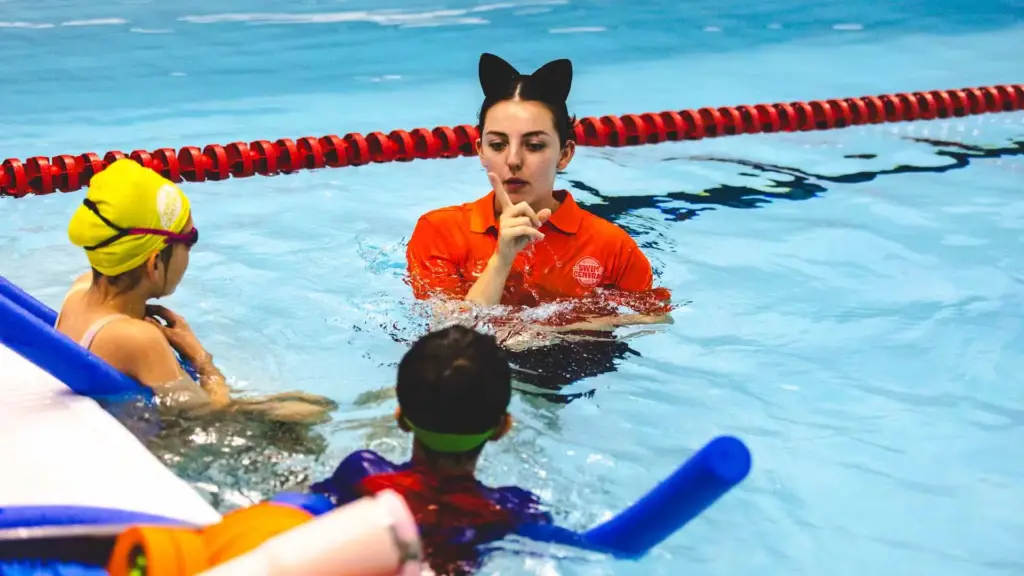Swimming is a vital life skill, and many parents wonder how long it will take for a seven-year-old to become competent in the water. The answer isn’t one-size-fits-all. It depends on the child’s comfort level, prior experience, frequency of lessons, and the quality of instruction. In this post, we’ll explore typical timelines, what to expect from swimming lessons, and how to choose the right programme, especially if you’re searching for swimming lessons Preston.
Why learning to swim at 7 is a smart choice
Seven is a great age to start focusing on solid swimming technique while building water confidence. At this age, most children can follow instructions, practise independently for short periods, and learn basic strokes with proper form. Early swimming lessons set the foundation for safety, fitness, and a lifelong skill that can be enjoyed in many contexts, from family holidays to competitive swimming.
Typical timelines for learning to swim
While every child is different, there are common milestones you can use as a rough guide. Remember, “learning to swim” can mean a range of outcomes, from basic water safety to confident, independent swimming.
- 4 to 8 weeks: Basic water familiarisation and safety skills. Instructors focus on breathing, submerging the face, and floating with support.
- 2 to 3 months: Bubbles, kicking, and arm movements with more consistent buoyancy and confidence. Children begin to swim short distances with flotation aids or teacher support.
- 3 to 6 months: Independent floating on front and back for short periods, improved breathing control, and the introduction of basic strokes with coaching.
- 6 to 12 months of consistent weekly lessons: More refined technique, better stroke mechanics, and increased endurance under supervision.
Note: Some children achieve these steps quicker, others take longer. The key is regular practice and supportive instruction.
What affects the pace of progress?
Several factors influence how quickly a 7-year-old progresses in swimming:
- Frequency and duration of lessons: More frequent weekly sessions typically accelerate progress.
- Quality of instruction: Experienced, patient teachers who tailor lessons to the child’s needs make a big difference.
- Comfort in water: Some children are naturally comfortable, while others fear water or feel self-conscious.
- Physical development: Strength, coordination, and endurance improve with age and activity.
- Previous exposure: Children who have spent time in pools or water activities may pick up skills faster.
- Practice outside lessons: Safe, supervised practice at home or in a pool can reinforce learning.
What a well-structured swimming lesson looks like
A good programme, such as those offered by swimming lessons Preston providers, will usually include:
- Warm-up: Light games or activities to get children moving and relaxed.
- Water safety and entry/exit practice: Teaching safe entry, treading water, and how to get out of the pool.
- Buoyancy and breath control: Drills that help children float on front and back, with controlled breathing.
- Kicking and gliding: Focused practice on leg movement and body position.
- Arm strokes: Introductions to freestyle, backstroke, and basic coordination with breathing.
- Endurance games: Fun activities to build stamina while maintaining technique.
- Progress checks: Regular assessments to track improvements and set new goals.
If you’re in the Preston area, you’ll find a range of options, from beginner classes to those that prepare kids for more advanced strokes.
How to choose the right swimming lessons Preston
Choosing the right programme is crucial for a positive learning experience. Consider the following:
- Certification and safety: Ensure instructors are qualified and the pool environment adheres to safety standards.
- Class size and age grouping: Some children benefit from smaller groups where instructors can provide more individualised feedback.
- Lesson structure: Look for a balance between fun activities and structured technique work.
- Progression and goals: Ask about a clear progression path and how progress is communicated to parents.
- Flexibility and accessibility: Location, timings, and the possibility of make-up classes if someone misses a session.
- Reviews and recommendations: Talk to other parents or read local testimonials about swimming lessons Preston providers.
How to support your child at home
Outside of lessons, you can reinforce learning with:
- Short, regular practice sessions in a shallow area or with flotation devices as needed.
- Gentle encouragement and positive reinforcement to build confidence.
- Games that promote breath control, timing, and orientation in the water.
- Reading age-appropriate materials about water safety to reinforce knowledge.
- Sun safety and hydration during outdoor swimming activities.
What success looks like for a 7-year-old
Success isn’t just about swimming a certain distance. For many seven-year-olds, success includes:
- Consistent ability to float on front and back for extended periods.
- Comfortable entry and exit from the pool without fear.
- Basic stroke technique with rhythmic breathing.
- Awareness of safety rules around water and the ability to call for help if needed.
- Enjoyment of water-related activities with family and friends.
Final thoughts
Every child progresses at their own pace, and a seven-year-old can make meaningful strides in a matter of weeks to months with regular, quality swimming lessons. If you’re searching for reliable, kid-friendly instruction in the Preston area, look for programs that prioritise safety, progress, and confidence building. Swimming lessons Preston options are plentiful, so you can find a class that fits your child’s needs and your schedule. With consistent practice and supportive teachers, your 7-year-old can develop strong fundamentals and a lifelong love of swimming.

